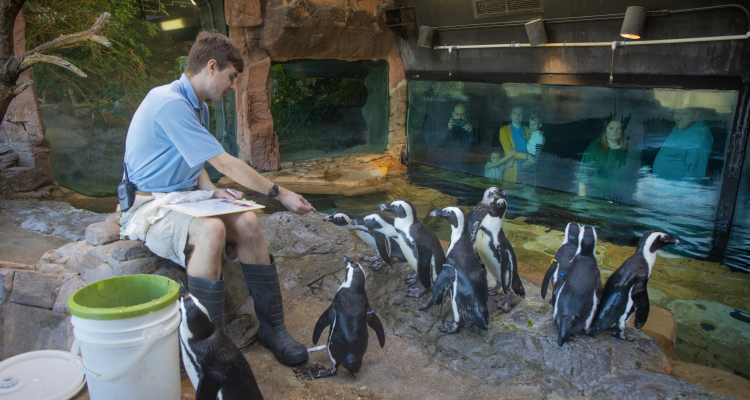by Paul Swen
How did those handsome lions get here? How did those lemurs get their own island to climb around? How did that magnificent rhino find a home in Texas? How does a six-thousand-pound elephant arrive in Tyler, Texas? It’s not like an old Jane Wayne film in which people go sneaking out into the wild to capture wild animals. No, no, no. Modern, accredited zoos work rather differently than the old stories of by-gone days. Zoos are an important part of the conservation and preservation of endangered species. In fact, zoos are the top contributors to animal conservation programs all around the world. There’s a special organization, The Association of Zoos and Aquariums (AZA) that unites its members in the safe and healthy care of animals while preserving their natural populations. Responsible zoos like the Caldwell Zoo in Tyler, coordinate programs that allow for the breeding, exchange, and acquisition of animals to ensure genetic diversity within each species.
Actually, zoos like the Caldwell Zoo, agree to follow strict guidelines on best practices and will not obtain animals from the wild, unless they are injured or orphaned and need a safe, secure home. This stringent commitment to ethical animal acquisition ensures that no harm comes to any wild population. So, all animal acquisitions must be done through approved channels such as animals born in accredited zoos. The process requires careful planning that often spans years and requires years of dedicated research in animal husbandry and nutrition. This collaboration is key to ensuring the survival of many endangered species.
Zoos have enabled us to understand and appreciate the importance of conservation, and by working together they can help ensure that threatened species are protected. By exchanging animals, zoos can increase genetic diversity within each species and create a secure future for them. The Association of Zoos and Aquariums (AZA) plays an important role in facilitating this process—they provide resources to allow their members to learn about animal acquisition, as well as offering programs to breed endangered species such as the Species Survival Plan (SSP). This not only helps to conserve threatened species but also provides more opportunities for research into animal behavior and health. All these efforts come together to make sure that animal welfare and education is at the forefront of a zoo’s work. Ultimately, zoos are making an effort to not just house animals in a positive and helpful way, but to also teach their guests the importance of protecting wildlife, while directly contributing to saving animals in the wild.
By working together, zoos can ensure that these incredible creatures get the best care possible—both in their natural habitats and within our collective care. Thousands of dedicated professionals work to help preserve biodiversity and create healthier ecosystems for generations to come. With careful planning and collaboration between zoological institutions across the globe, we contribute to research, field conservation work and helpful land management programs that protect species populations while providing educational opportunities that conserve wildlife.
Conservation is at the core of the Caldwell Zoo’s mission.
By participating in very selective breeding programs, we acquire animals from other conscientious institutions that have animal welfare at the forefront. These ambassador animals allow us to connect our guests with wildlife and to raise funds for more educational and conservation programs that preserve some of the most endangered species in the world. By partnering with other AZA zoos, we are able to spread our resources among different locations and bring together animals from different parts of the world. Over the decades this approach has been incredibly effective in helping preserve some of the world’s rarest species by creating safe environments for animal acquisition rather than relying on wild capture. So, when you see Marjani, the majestic reticulated giraffe strutting his stuff or an affable, adorable African penguin, waddle over for a tasty fish treat, you’ll have an idea of just how they found their way to Texas and to your zoo.


